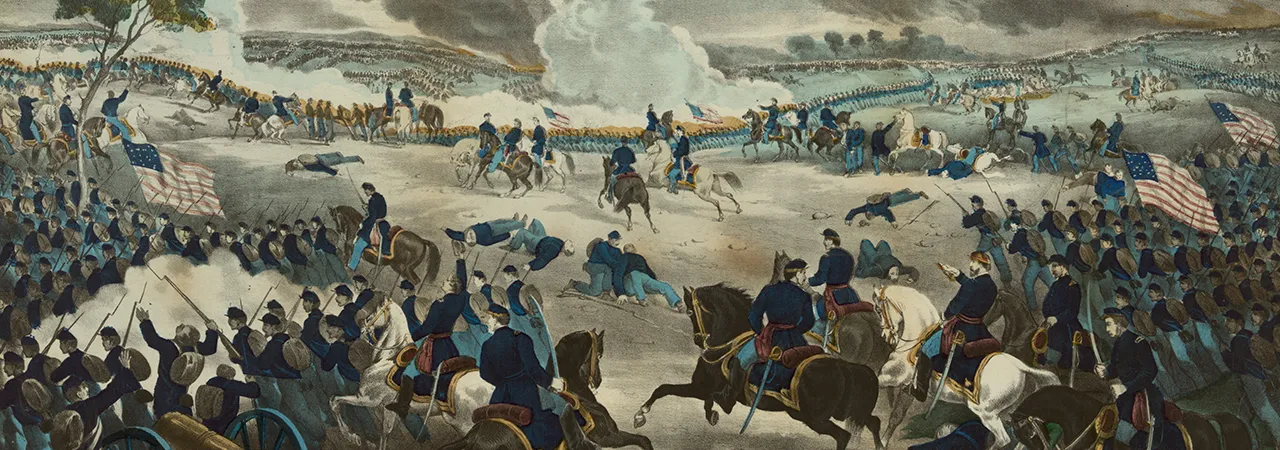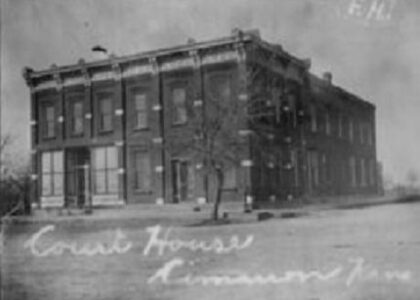Welcome to the start of the Gettysburg Campaign, a pivotal moment in the American Civil War that set the stage for one of the most significant battles in U.S. history. Imagine the year is 1863, and the air is thick with tension. Confederate General Robert E. Lee, buoyed by his recent success at the Battle of Chancellorsville, is leading his Army of Northern Virginia into Union territory. His goal? To take the fight to the North, disrupt Union plans, and hopefully sway Northern public opinion to end the war.
As you stand here, you’re on the very grounds where Lee’s ambitious second invasion of the North began. His army, filled with high spirits and hope, moved through the Shenandoah Valley, aiming to strike deep into Pennsylvania. This movement would eventually lead to the infamous Battle of Gettysburg, a turning point in the war. The campaign was not just a military maneuver; it was a bold statement of Confederate resolve and a strategic gamble that Lee hoped would relieve pressure on the Southern states.
In June 1863, Lee’s forces crossed the Potomac River with a strategic aim to push as far north as Harrisburg or even Philadelphia. The Confederate army was operating in unfamiliar territory, relying on the element of surprise and their previous military successes to carry them through. However, Lee’s plans were met with resistance. President Abraham Lincoln, understanding the gravity of the situation, replaced Union General Joseph Hooker with Major General George Meade just days before the Battle of Gettysburg. Meade’s leadership would prove crucial as he organized the Union Army of the Potomac to confront Lee’s advance.
Notable figures were key players in this campaign. Aside from Lee and Meade, Brigadier General John Buford played a critical role in the early days of the Battle of Gettysburg by securing vital high ground for the Union forces. His cavalry’s stubborn defense on the first day of battle allowed Union forces to regroup and fortify their positions.
As the campaign unfolded, it became clear that this was not just a military confrontation but a broader struggle for the future of the United States. The events here and the subsequent battle in Gettysburg would come to symbolize the Union’s resilience and the Confederate’s fading hopes of victory. The heavy casualties and the Union’s eventual victory at Gettysburg would mark the beginning of the end for the Confederacy.
Today, this location serves as a reminder of the complexities and the human cost of the Civil War. It’s a place where history was made, and the echoes of the past still resonate. As you reflect on the significance of these events, consider how they shaped the nation and continue to influence American society. The Gettysburg Campaign is more than just a series of battles; it’s a testament to the enduring struggle for unity and freedom.





